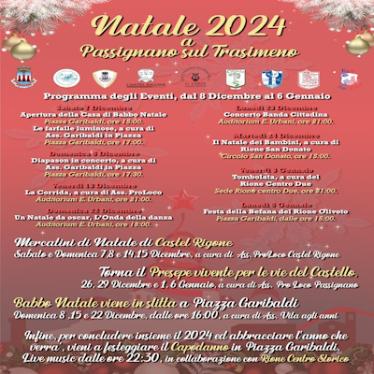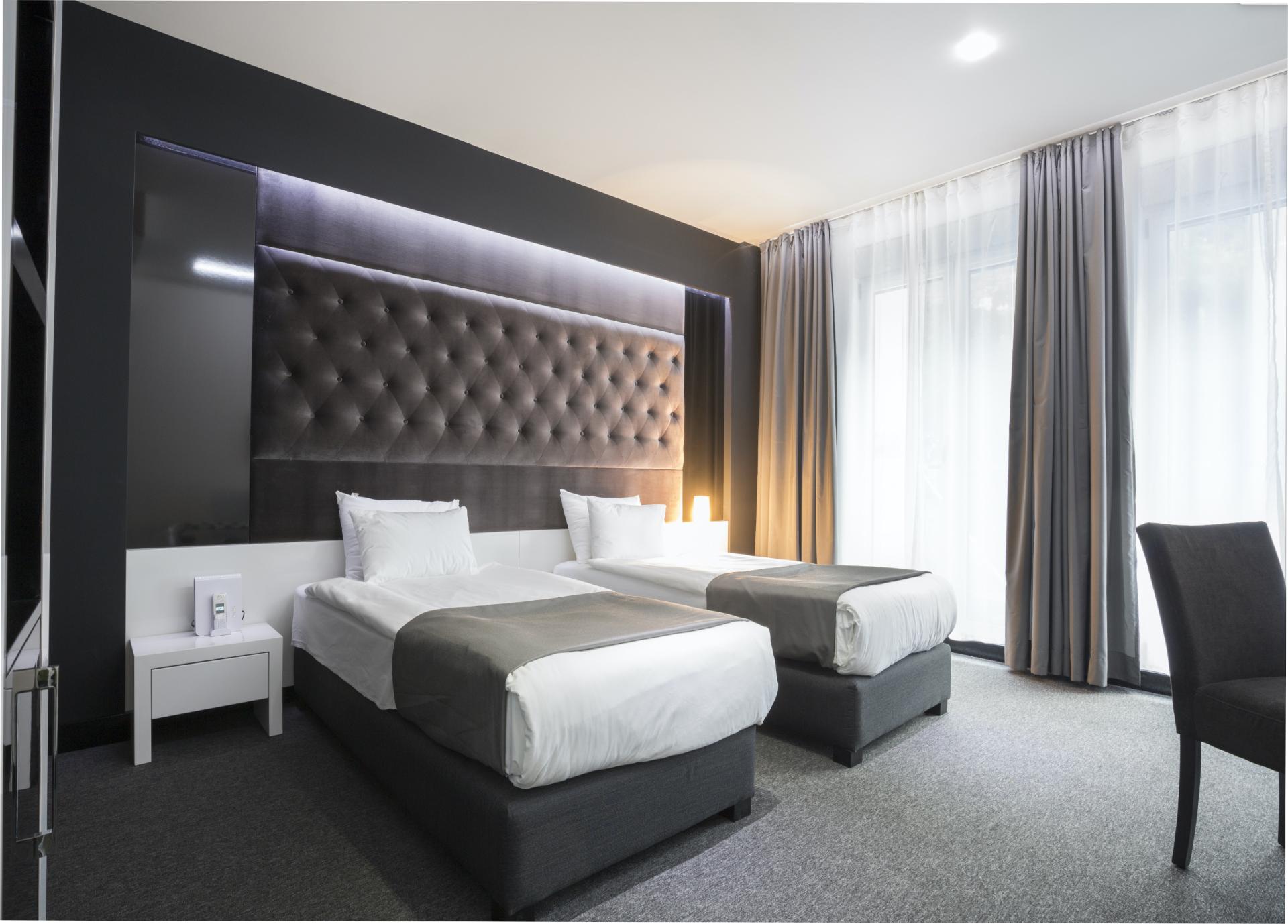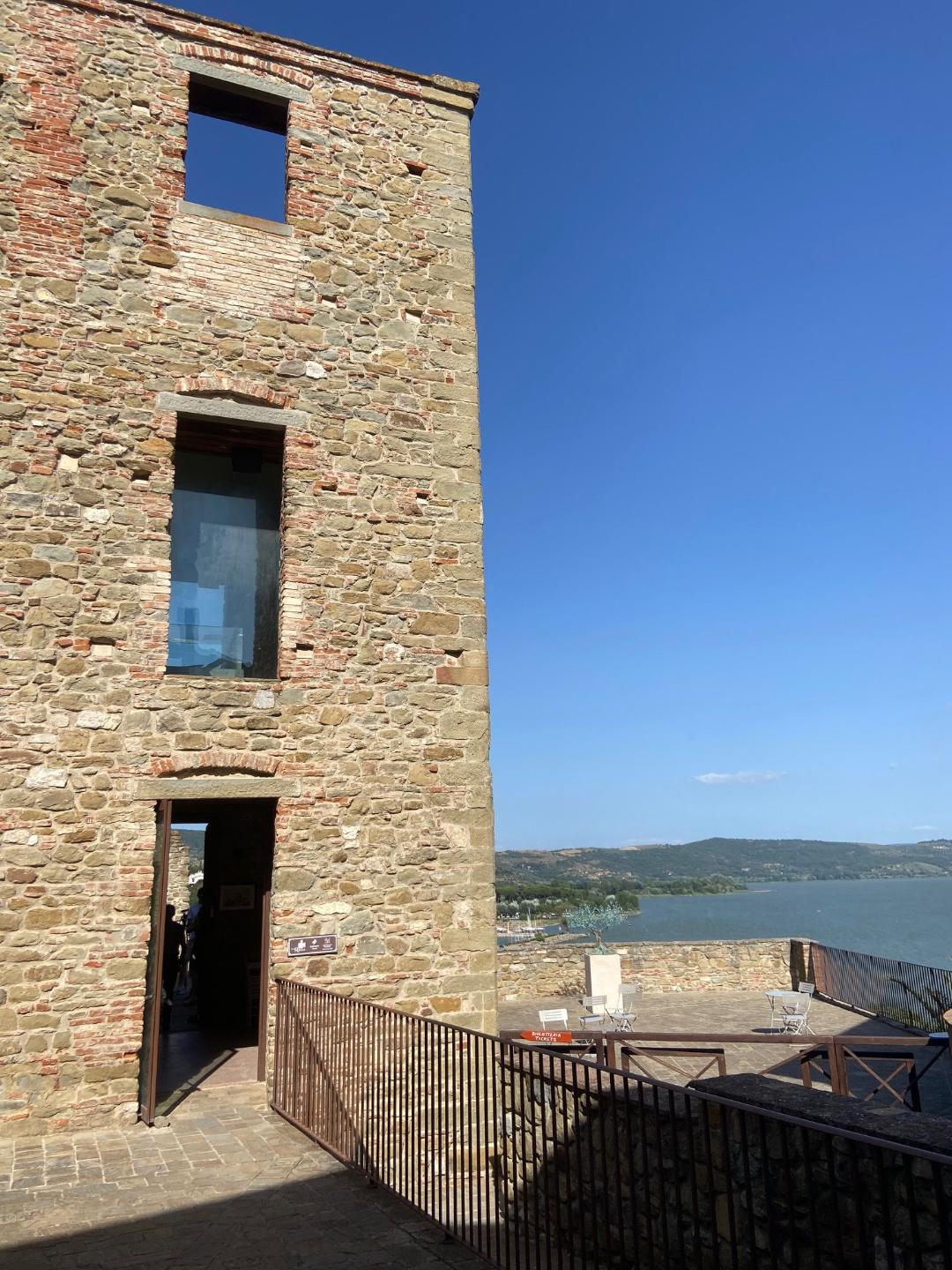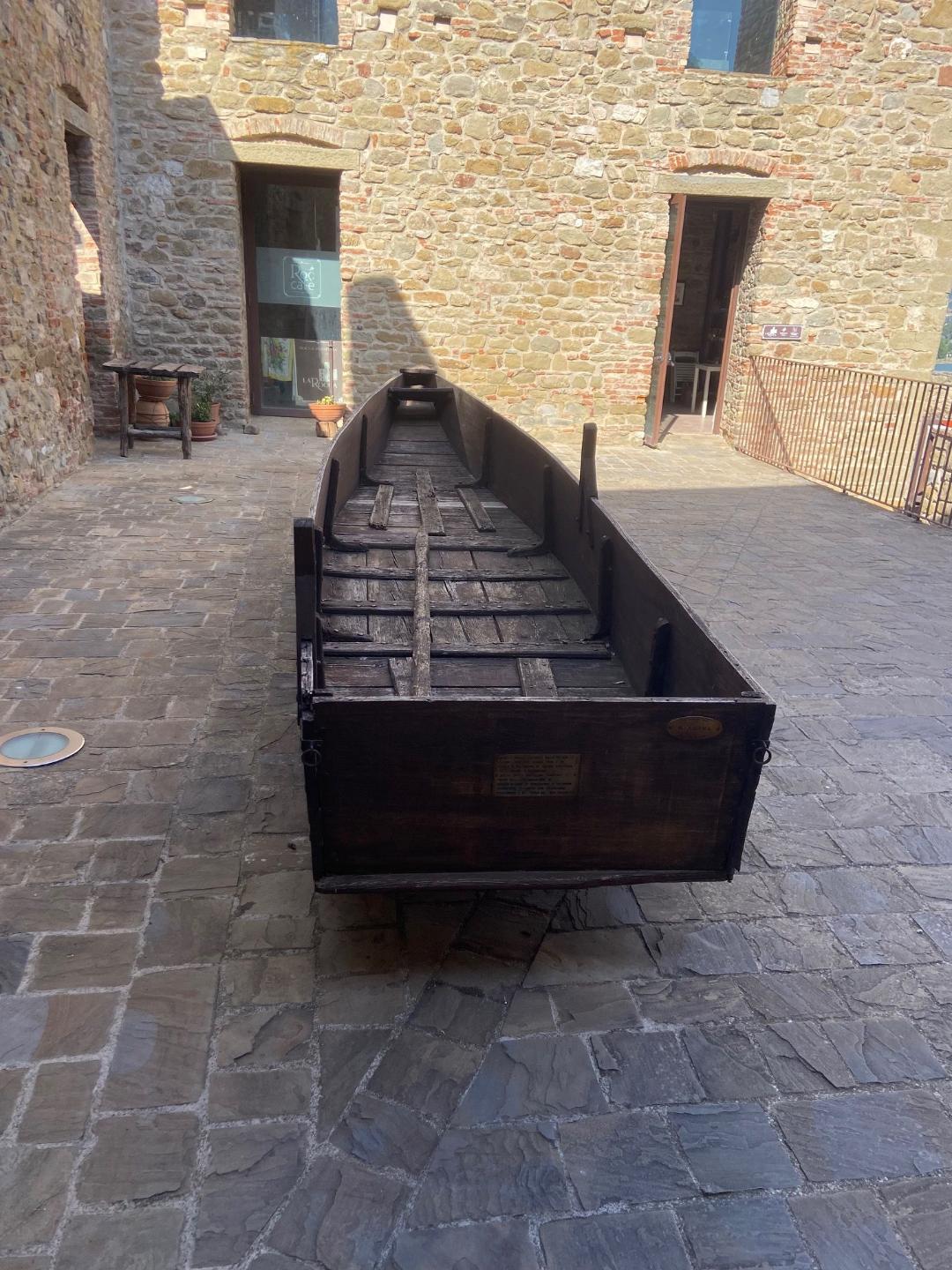Historical notes
Passignano, possibly anciently named “Passo di Giano”, the ancient god of doors and passages, is located on a promontory on the northern shore of Lake Trasimeno.
Its territory, already inhabited by Etruscans and Romans, is situated in an ancient obligatory crossing point between Tuscany and Umbria. According to Tito Livio, in Ab Urbe Condita, it was the configuration of the territories between Cortona and the lake that suggested to Hannibal, in 217 B.C., the ambush that allowed him to decimate the Roman troops defeated in the famous Battle of Trasimeno. Between Tuoro and Passignano, the road significantly narrowed, then opened up into a vast expanse surrounded by hills. Due to its strategic location, Passignano was contested by the Goths, Lombards, and Byzantines, and later by the Duchy of Tuscany and the Papal State.
The village, built around the fortress, developed starting from the 16th century.
Strolling along the lakeside and within the walls, immersed in history and nature
The village is characterized by a beautiful promenade along its lakeside, particularly lively on weekends and in the summer. Numerous tourists and local visitors can be found there, stopping at its many cafes, ice cream shops, and restaurants, near the harbour or the beach.
Visitors can stay in hotels, residences, and camping sites and take advantage of a wide range of sports activities such as kayaking, windsurfing, boating, and mountain biking.
Entering its alleys leads to the oldest part of the city, maintaining the appearance of a fortified village. The village is enclosed within medieval walls, of which the access gates and towers survive, such as the so-called Torre di Ponente, which still bears the coat of arms of the Municipality.
At the highest point of the town stands the Fortress, built in the medieval period on the site of a previous Lombard fort. Now renovated and open to visitors, it offers a splendid panorama of the lake. Inside is the Boat Museum, exhibiting some boats from Lake Trasimeno, Piediluco, and the Padule di Fucecchio, as well as the “Fassoi”, a boat made from marsh plants from the Stagno di Cabras in Sardinia.
Located on a hill just outside the historic centre is the Pieve di San Cristoforo, or cemetery church, an ancient parish built before 1000 on the ruins of a previous pagan temple. Noteworthy is the sixteenth-century Sanctuary of Madonna dell’Oliveto, about 20 minutes walk from the historic centre, inside which valuable paintings and sculptures are preserved, such as the Madonna and Child in sandstone by Ascanio da Cortona.
Must-see nearby: a visit to Castel Rigone and an excursion to discover the islands
About 10 km from Passignano is Castel Rigone, a splendid panoramic hamlet overlooking Lake Trasimeno, where you can visit the Sanctuary of Madonna dei Miracoli, considered one of the masterpieces of Umbrian Renaissance.
The entire area is rich in natural wonders: from Passignano, you can reach Isola Polvese and Isola Maggiore by boat, where you can visit the Romanesque Church of San Salvatore, from the 12th century, and that of San Michele Arcangelo (14th century).
Events in Passignano
During the summer, numerous events and traditional festivals take place. Not to be missed is the Palio delle Barche, a competition that re-enacts the last act of a bloody battle between the noble Perugian families of the Baglioni and the Degli Oddi. On that occasion, a small army of the Oddi family, pursued by the militias of the Baglioni and the Della Corgna, had to flee, carrying boats on their shoulders, from the castle.
In Castel Rigone, in August, the traditional Festa dei Barbari takes place, a historical re-enactment of the barbarian era. The event celebrates the origins of the village, which is said to have been founded by the barbarian Riggo during the Gothic invasions of 543 A.D. For the occasion, Castel Rigone transforms into a barbarian village where visitors can witness historical processions, war simulations, and duels with axes and swords through the streets of the village.
How to get there:
The village is easily accessible by car, located along the Perugia-Bettolle junction of the A1 highway. It is about 30 km from Perugia and a short distance from Assisi, Arezzo, and Siena, making it a strategic accommodation point for visiting these cities. For those who prefer public transportation, you can reach it by train from Terontola (along the Florence-Rome line) or from Perugia.
























.jpg/791a78b1-be0c-a25e-b449-0a3ef71eef85?width=1920)





